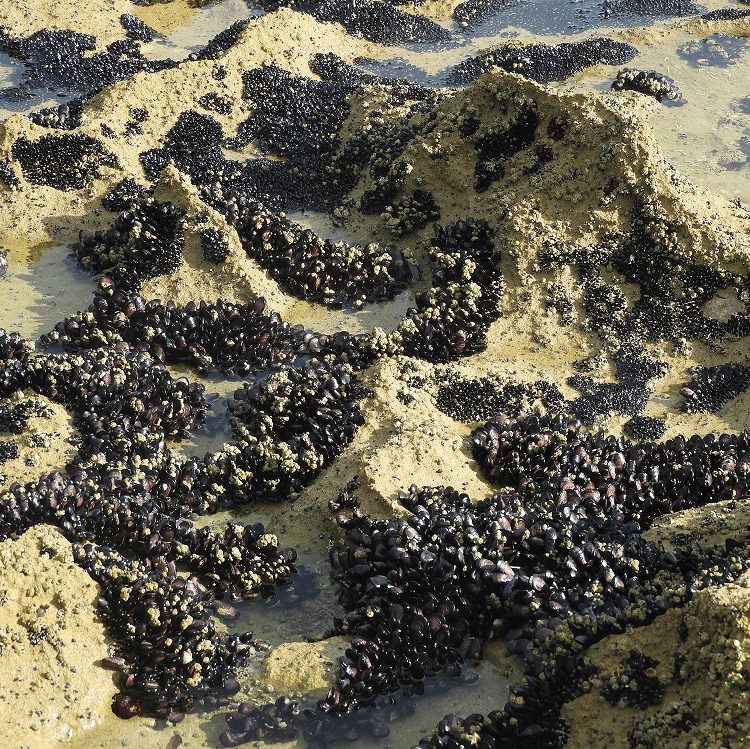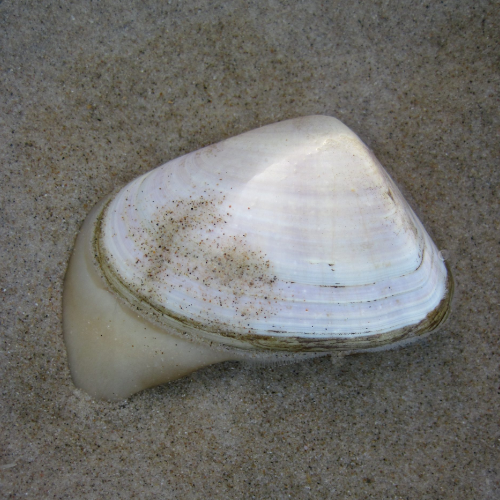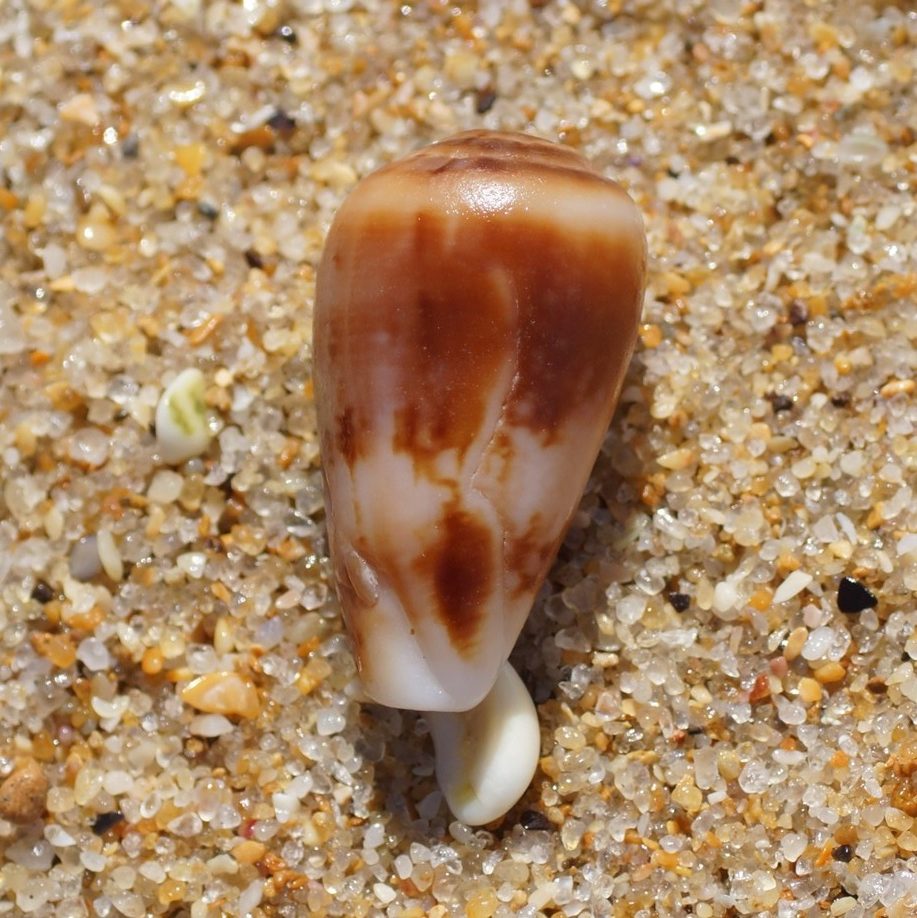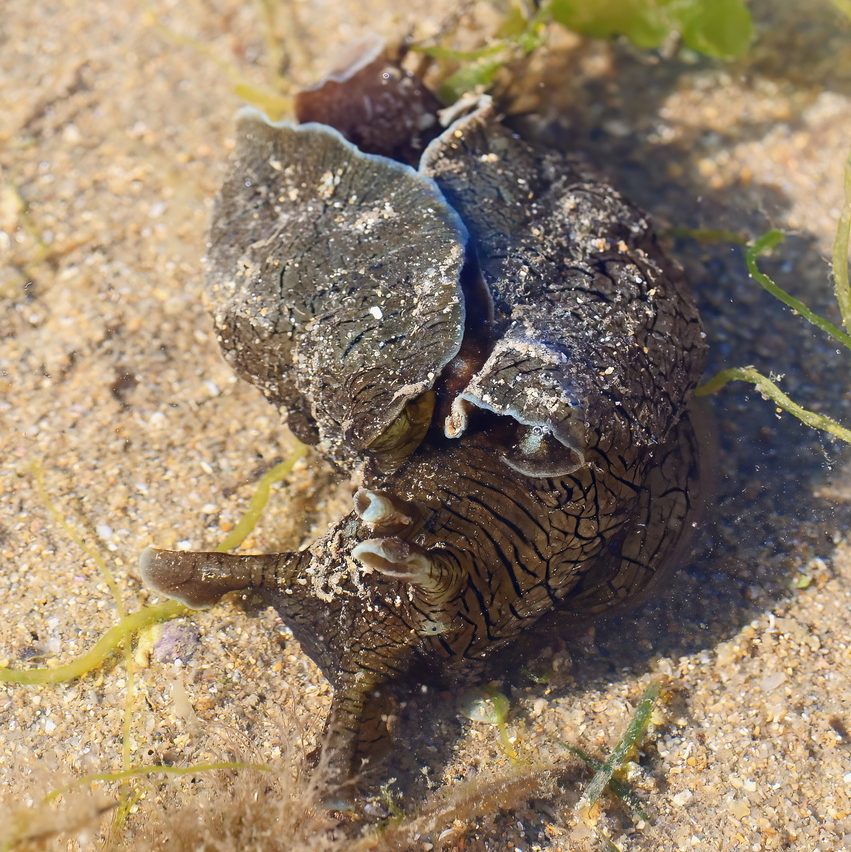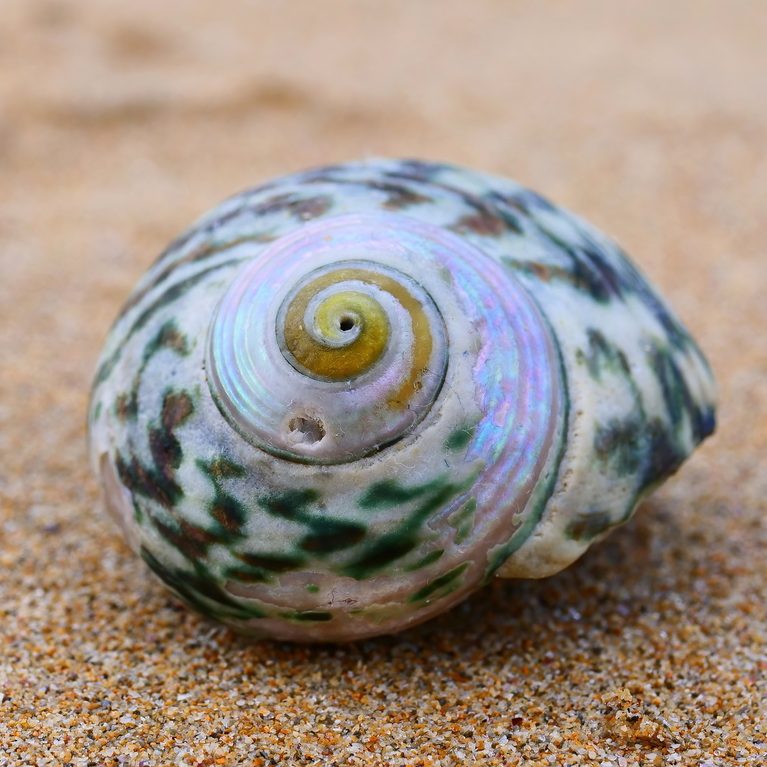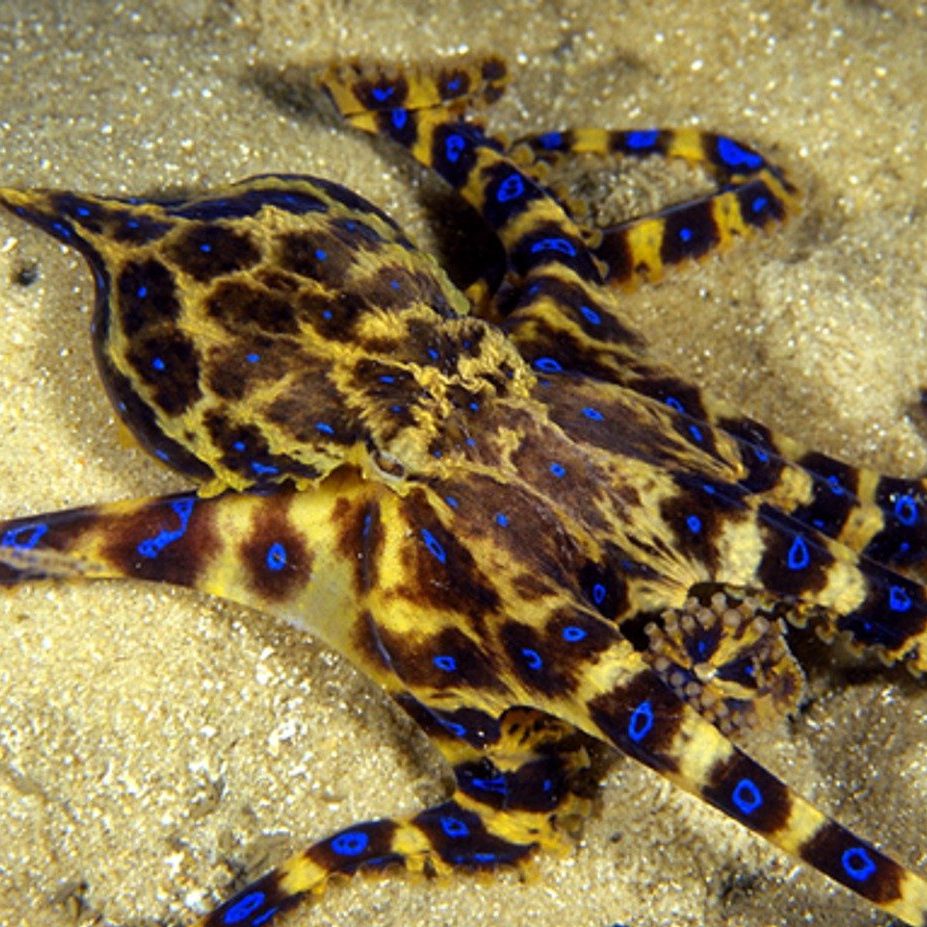
Explore Molluscs (Phylum Mollusca)
Molluscs are one of the largest groups of invertebrates and at the Bluff they can be found from high in the spray zone to the bottom of deep pools and on deeper reefs. They are also abundant in the estuary, mangroves and saltmarshes. There are four easily recognised groups of molluscs and these webpages describe some of the more notable groups and local species.
Chitons
Chitons are a distinctive group of grazing molluscs which have eight slightly overlapping plates joined together that allow flexibility while moving around rocks. There are many chiton species found around the reefs of the Bluff particularly under boulders and in crevices in the rocks.
Bivalves
Bivalve means ‘two shells’ and describes these highly evolved molluscs. Most are filter feeders capable of straining plankton and detritus from the water through a complex filter system. Their tough shells help them to avoid most predators although many become food for larger animals. Bivalves are often found in sand or sediments and are numerous in the estuary. A few, like scallops are free swimming, and some attach themselves to rocks and other solid surfaces.
Gastropods
Gastropods are the largest group of molluscs and most have a single spiralled shell though there are many variations. Many gastropods are grazers feeding on algae but there are also a large number of carnivores and scavengers in the group. Some groups of gastropods have either very thin and much reduced shells, or as in the case of the nudibranchs and sea slugs, have no shell at all.
Cephalopods
The cephalopods are a highly evolved group of molluscs and all are active hunters with characteristic suckered tentacles, a large brain, a large water filled mantle covering internal organs, great vision, and many have specialised pigment cells that allow them to change colour rapidly. Their siphon is used for ‘jet’ propulsion and they can also produce clouds of ink to help avoid capture. This group includes octopus, squid, and cuttlefish – all of which occur within the Barwon Bluff Marine Sanctuary.
Photographers
Bernie Lingham (Beaked Mussel, False Limpet, Lineated Cominella, Sea Hares, Smooth Limpet, Warrener, Wine-mouthed Lepsiella)
Chris Porter (Green Chiton, Scaly Limpet)
Eunice Khoo (Tulip Shell)
Imogen Manins (Short-tailed Sea Slug)
Josie Jones (Maori Octopus)
Mark Norman (Blue-ringed Octopus)
Mark Rodrigue (Black-lipped Abalone, Cart-rut Shell, Little Black Mussel, Pipis, Southern Calamari Squid)
Naomi Wells (Blue Periwinkle, Elephant Snail, Hairy Chiton, Onchidellids)
Nick Shaw (Keyhole Limpet)
Nicole Filby (Nudibranch)
Paul Serbo (Giant Australian Cuttlefish)
Paul Sorensen (Bubble Shell)
Pete Crowcroft (Ribbed Top Shell)
Rod Lowther (Anemone Cone Snail, Black Nerite, Moon Snail, Striped Conniwink, Sydney Cockle)



